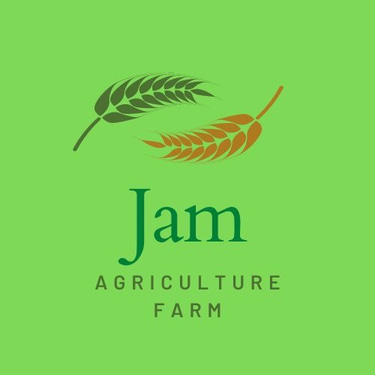Catla Fish farming
The popularity of commercial Catla fish farming is very high mainly due to its fast growth rate, great taste and nutrition and also high market demand. Raising Catla fish is very easy. Its natural habitat is rivers and canals.
FISH FARMING
Catla Fish farming
Catla is freshwater fish and it is rarely seen in brackish water. it is a very important fish economically. It is found in lakes and rivers all over the subcontinent including Pakistan. Fish is to be sold in fresh condition and has a good value, price and demand in the market. It has a higher growth rate and can adjust with other major carps. Catla grows well in the temperature range from 25 to 32 C of water temperature. It is grown in polyculture with other fish species. The popularity of commercial Catla fish farming is very high mainly due to its fast growth rate, great taste and nutrition and also high market demand. Raising Catla fish is very easy. Its natural habitat is rivers and canals. The fish can be raised commercially in freshwater ponds because these fish are hardy and grow very fast by eating surface feed.
Characteristics
It has a unique look, a compressed body, is short, and deep and has a large broad head.
The eyes are large and visible from the underside of the head.
No upper lip and thick lower lip are present.
long pectoral fins, extending into pelvic fins.
Catla can grow up to 20 kg in weight
The scales are a large and grey colour and the white belly colour.
Site Selection
First of all, select a very good site for Catla fish farming where you are going to make the pond. It will be better if you can select a site which is free from noise and all types of pollution. in the case of an old pond, old water must be drained out. the disinfectant must be added to the pond before filling. Lime may be added to control the pH of the soil. Organic and inorganic fertilizers may be used before stocking and afterwards. it's also important to arrange supplementary feed for fish. The application of dosage of fertilizers depends upon the site conditions, farming intensity and inherent productivity.
Breeding
Catla fish breeds in flowing water. they breed in canals, rivers and flood plains during the rainy season. The Chinese circular hatchery method is used for induced breeding in Catla. The breeding tank of 1.5 meters depth is used to stock brooders. Two male fish are to be kept for one female fish in a tank. After that fish is to be injected with the inducing compound and released in a tank. the fertilized eggs are to be collected in put into the hatching tank after 8-12 hours. it takes 64-72 hours of hatching and incubation.
Rearing of fingerlings
Rearing of fry takes 15-20 days. After two-three months of the raising of fingerlings, they are shifted to the main pond. The survival rate of the hatch is 30-40%. The combination of oil cake and rice bran can be used for feeding purposes to increase the survival rate.
Feeding the Fish
Fingerlings consume some planktonic algae, and vegetable debris along with larger size zooplankton. Adults feed mainly on the surface and in mid-water. Adults are also planktivorous and show a preference for zooplankton.
supplementary feeds are very important for commercial Catla fish farming. Without providing adequate supplementary feeds, you can’t expect good growth of the fish. Catla fish generally consume food from the upper level of water. They are natural food lovers and generally eat whatever insects or small plants float on the surface of the water. Generally, most farmers use ready-made commercial feeds for feeding their fish. the total amount of feeds depends on the number of fish stocked in the pond. But the general rule is that feed the fish 5% of their total body weight daily. For example, if you have stocked 10,000 fish and each fish weighs 20 grams then you have to provide 10,000 grams (10,000×20/100×5) of food daily. Also, consider the mortality rate while determining the total amount of food. it is recommended to feed the Catla fish 2-3 times a day rather than all at once.
Common diseases
Ulcer: it can be treated by using Terramycin or Sulphadiazine in fish feed.
Eye Diseases: Treat the affected pond with 0.1 ppm KMnO4, lime.
Columnaris: Dip treatment with 500 ppm KMnO4.
Saprolegniasis: Caused by fungus. Mould grows like cotton wool on the body and penetrates muscles.
Harvesting
For better market value, fish may be harvested when it reaches at least 1 kg of body weight. Harvest the fish from the pond by using fishing nets. The Catla fish has very good market demand when they reach about 1 to 2 kg body weight. By the way, harvesting can be done based on the size of the fish and also depending on market demand.
For transporting to distant markets, they need to be packed in plastic crates filled with crushed ice. It keeps the fish fresh and ready for export. If proper management procedures of fish farming are followed, 1000 to 2000 kg of Catla fish can be harvested from one acre.
Marketing
After harvesting, send the fish for marketing immediately. Catla fish is very tasty and it has very good market demand, all over Pakistan. Catla fish is used for cooking fish curry, fish fry and even for making fish pickle. target your local market first for selling Catla fish. Total yield and profit from commercial Catla fish farming business depend on various factors. But commercial Catla fish farming is very profitable and you can make a good profit from this business if you can do everything perfectly.


